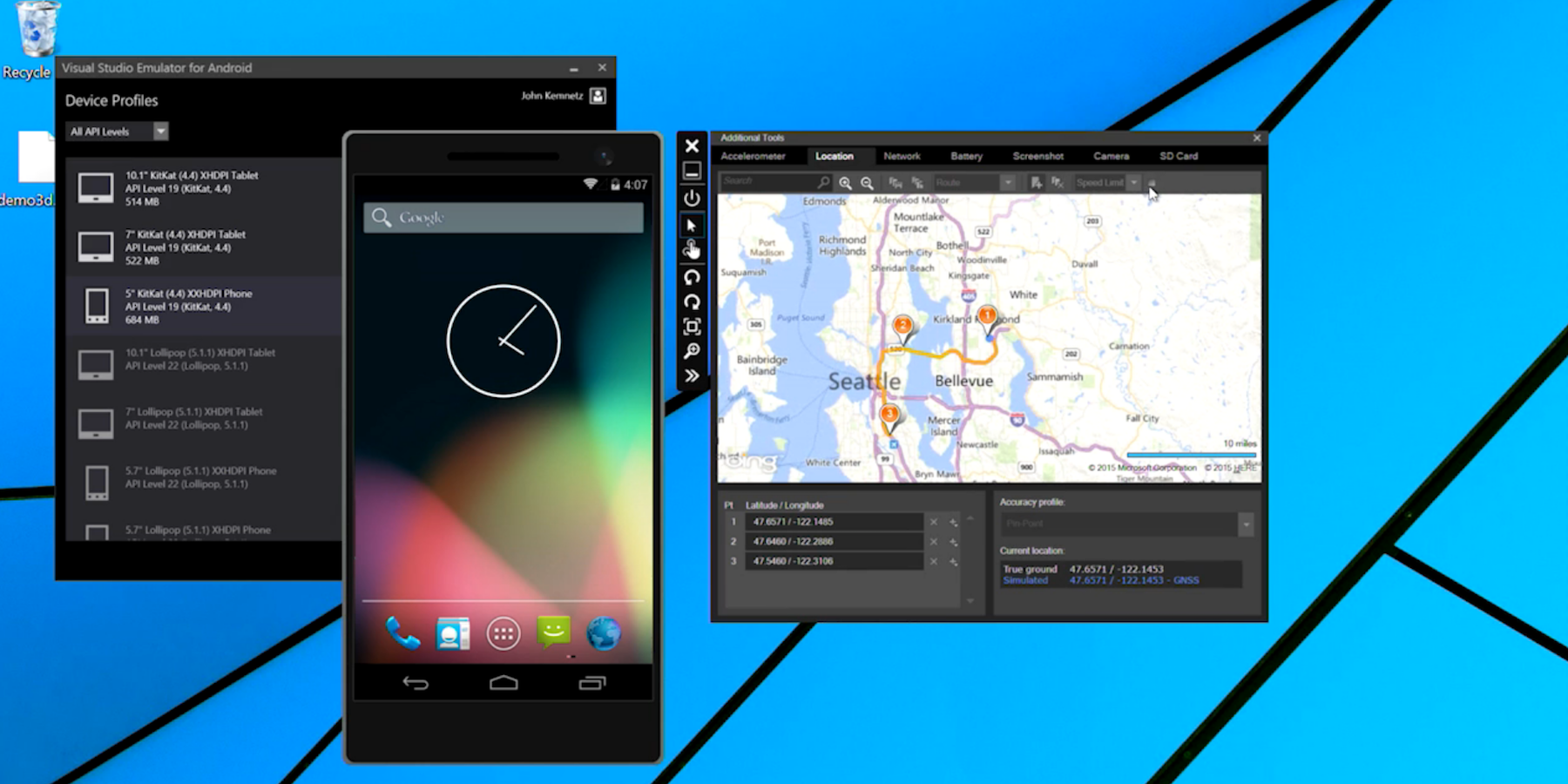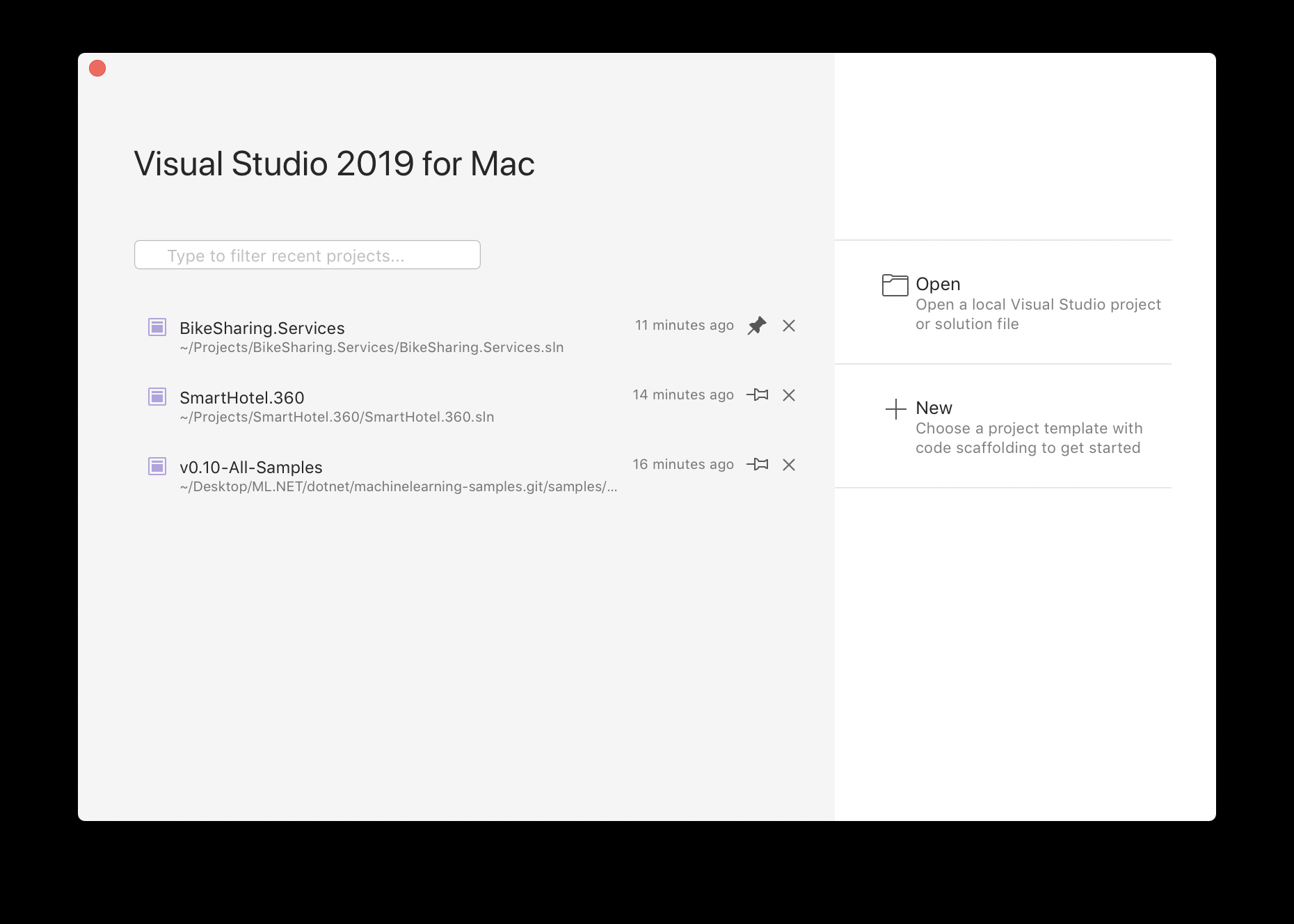

Visual Basic Editor is the only way to write a VBA code in Excel. You can’t run VBE separately there must be an Excel workbook open for using VBE. Even though it is a separate application (VB Editor) you can only use it with Excel. In simple words, it’s a code editor for Excel in which you can write all the macros and store them. Visual Basic Editor is an application (a separate one) in which you can write and save all the VBA codes. I will be using different words (VBA editor, VB editor, or VBE) in this guide for referring to the Visual Basic Editor, so don’t be confused with it.

That’s why it’s part of our VBA tutorial and in this guide, we have covered every single aspect of Visual Basic Editor to make you understand its functionality.

It’s the place where you write and manage all the macro codes and if you ask me about VBE, I’d say if you are serious about learning VBA you need to understand all the components of VBE. The world of VBA starts with the Visual Basic Editor (VBE).


 0 kommentar(er)
0 kommentar(er)
